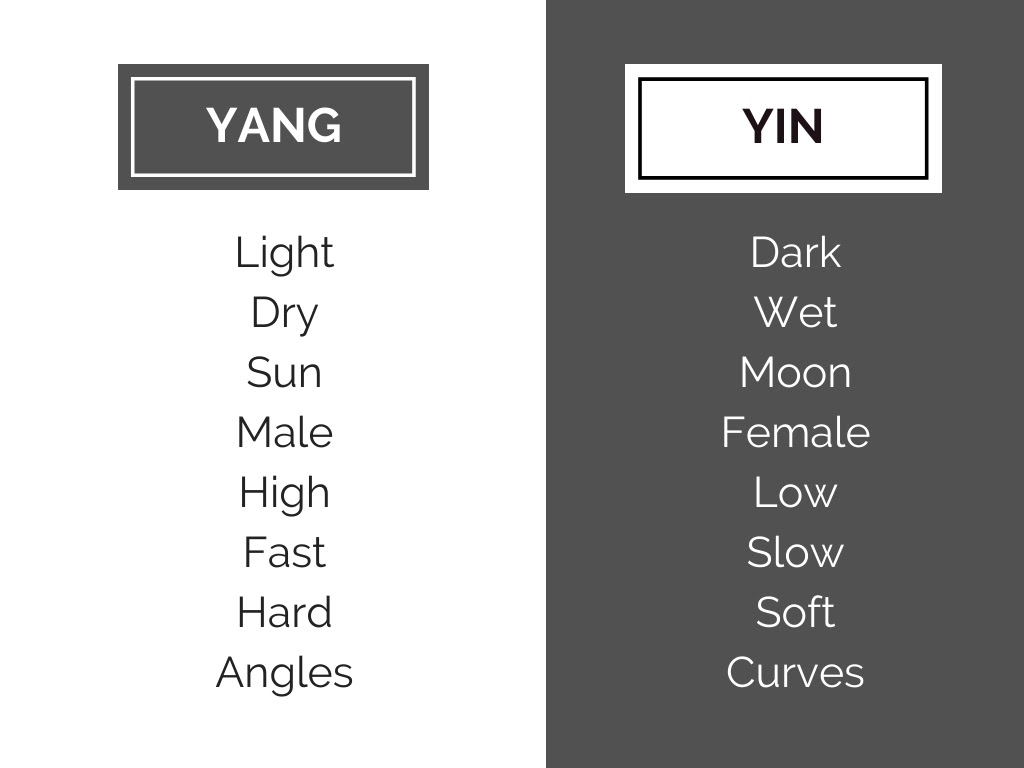Feng Shui Basics: Yin and Yang
We’re continuing our series of feng shui basics. We are going to review fundamental feng shui concepts to help you to understand this practice on a deeper level.
Today, we are going to explore the concept of yin and yang.
The concept of the duality of yin and yang began as early as the 4th century BC. It is the underpinning of all other energy systems and Taoist philosophy. The Tao is oneness, the whole that holds and produces the duality of the yin and yang. Yin and yang are interdependent primordial forces in opposition. No one thing is 100% yin or 100% yang; everything in the universe is made up of both.
In the school of feng shui that we practice, Black Sect feng shui, we draw much of its wisdom from both Buddhism and Taoism. The yin and yang theory is about opposites, such as dark and light, cold and hot, big and small, loud and quiet....

“Even the moon and the sun fall into these two categories. The key is that, in our world, the two opposites are in constant flux because one cannot exist without the other. Darkness only exists in the absence of light. And because the moon is yin, it’s also related to darkness, coolness, and indirect, subtle energy. In feng shui, we recognize the importance of the balance between the yin and yang energies and use the energy of the moon to make adjustments.”
— Anjie Cho, co-founder of Mindful Design Feng Shui School
How can we see this concept applied in a home or workspace? It is all about balance. If a space feels too dark and quiet for its purpose and function you can add more yang qualities to raise the energy. The opposite also holds true: if you have too much activity, bright lights, and noise, you add more yin. Ask yourself what is the purpose and intention of the space. Do I want it to be more yin or yang? Or do I want it to be more balanced?